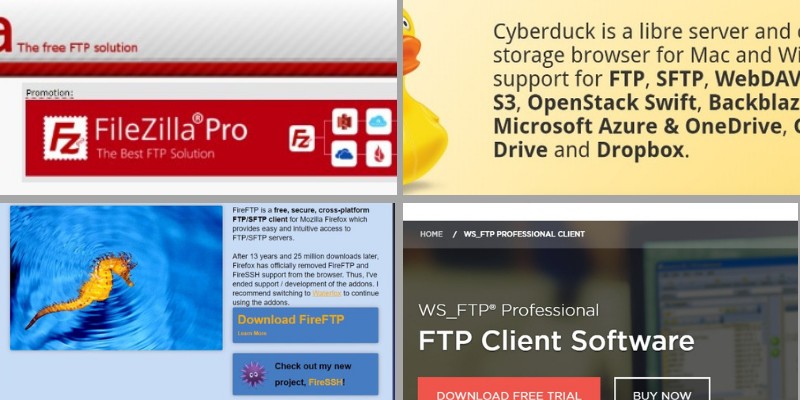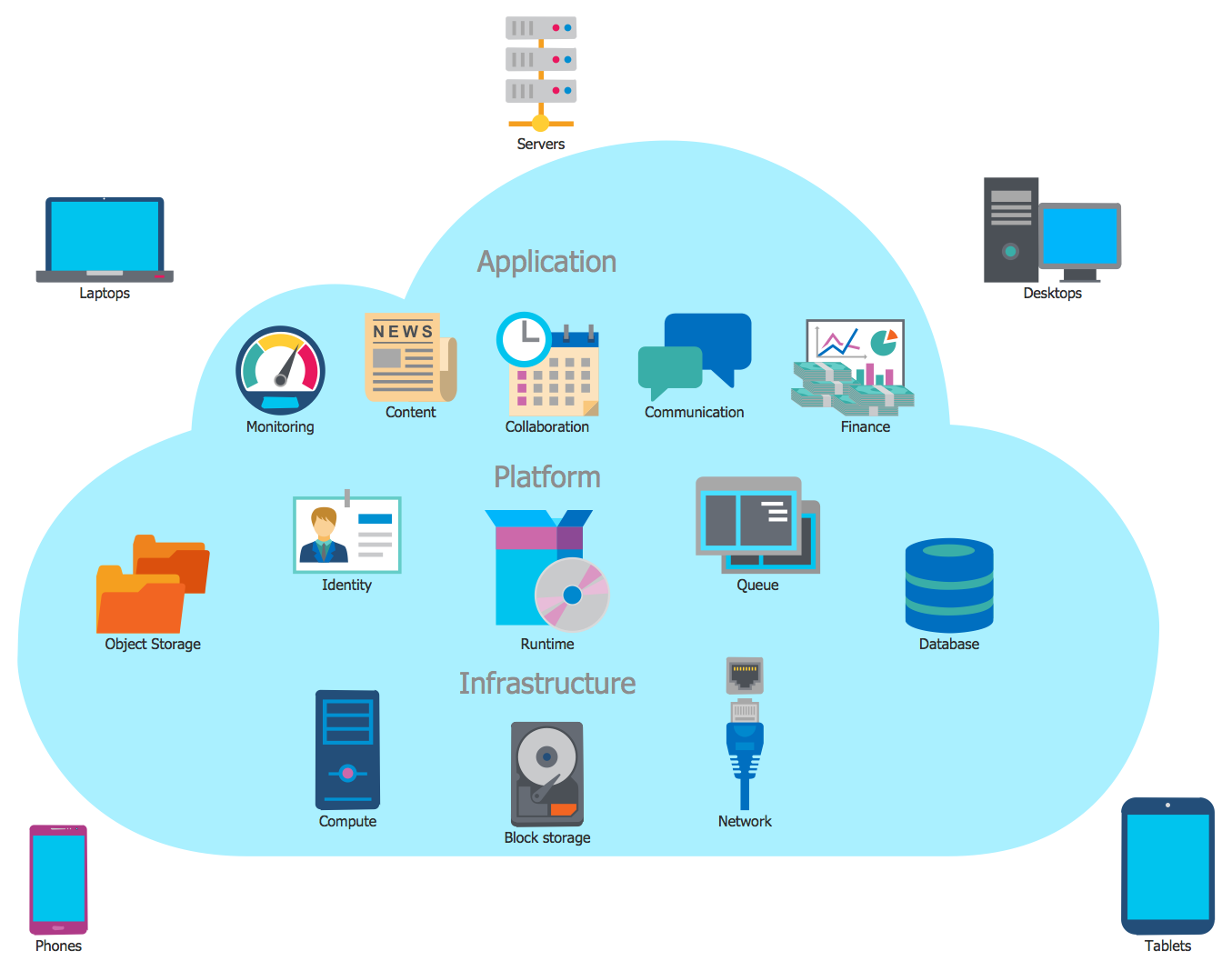
Use the apache level command to send error messages. There are three levels available: warning (debug), critical (debug), and warning. Each level has its own advantages and disadvantages. It all depends on what you are going through. You can, for example, set a high log level if there is a server outage. You can also set a lower log level for normal usage.
Log level modifications
To increase or decrease the severity log messages, you can adjust the Apache log level. The default level is warn. The other two levels of warning are crit or emerg. Warning logs are generated only when the system appears to be working normally, but over time can cause significant problems. Changes to the log level can help you debug and troubleshoot your server.
Apache web servers will log all changes to the log level. This will increase the size of your log files and make it more difficult for the web server to work. If you need more detailed logs, you can increase the log level to trace.
Messages logged
Apache servers can be analyzed to identify the root cause by looking at the errors logs. The log contains information about the error type, time and severity. This log also includes information about the browser used and the operating system used by the client.

The Apache server stores log files containing information that clients have provided. You can access these log files using a simple text editor such as tail and cat, which are command line tools on Linux.
Log messages at debug level
The debug logs information about warnings and errors that are encountered in the application. These messages can be useful for testing and debugging. You can filter the messages by choosing the correct level. This will allow you to see more information and not lose important details. To get more information about a subsystem you can set the DEBUG and TRACE levels. The INFO level should be used in production environments.
However, a message of this level doesn’t necessarily indicate that the application is aborting. It may indicate that an essential part of the application has stopped working. It may fail to access a file or service, which means that something is wrong with the application. The majority of applications will continue to run normally without any error messages.
Messages logged with FATAL Level
FATAL is a sign that a message has been logged. It can indicate a serious error such as a corrupt database or major problem. Such errors must be dealt with immediately, because they could lead to significant data loss or financial losses. But, this does not necessarily mean that a program is failing. Most applications will continue to run despite these events.
In decreasing order of severity, these severity levels appear. If the error message contains the word FATAL, it will cause the program to terminate and log the error. If the error is more minor, the log message will be recorded in lower severity logs. If the message contains a DFATAL Level, it will not be recorded in production mode. This helps avoid halting the program in a live system.

Messages logged with TransferLog level
There are three levels or log messages: "emerg", (unusable), and "alert" or "crit". An "emerg” message signifies that the system is malfunctioning and must be fixed immediately. Warning messages should not be ignored. They should be reported to the appropriate authorities for further investigation. Informational messages, such as "Info", are useful in troubleshooting. More detailed information can be found in "debug," messages.
Apache also keeps track of the status and connection status for HTTP requests. The HTTP status codes are useful for measuring the website's performance. A 404 response, for example, includes Referer information.
FAQ
How to design a website?
It is important to first understand your customers and what your website should do for them. What do they look for on your site?
What other problems could they face if they can't find the information they need on your website?
Once you know this, you must figure out how to solve those problems. Your site must look professional. It should be easy for users to navigate.
It is important to have a professional-looking website. You should ensure that your site loads quickly. If it takes too many seconds, people won’t be able stay as long. They'll leave and go elsewhere.
It is essential to determine where all your products reside before you start building an eCommerce website. Are they all in the same place? Are they in one location?
Decide whether you plan to sell one product at a time or several products. Are you looking to sell one product or several?
Once you have answered these questions, you can begin building your site.
Now it is time for you to concentrate on the technical aspect of things. How will your website work? Will it be fast enough? Are people able to get it done quickly from their computers?
Will it be possible to buy something online without paying any extra? Do they need to register with you before they can purchase anything?
These are essential questions that you need to ask yourself. Once you know the answers to these questions, you'll be ready to move forward.
How to create a static website
To create your first static website, you'll need to choose between two options:
-
Using a Content Management System (a.k.a. WordPress: Download this software and install it to your computer. This software can then be used to create an indispensable website.
-
How to Create a Static HTML Website. In this instance, you will need to write your HTML/CSS codes. If you already know HTML, it is simple to do.
You might consider hiring an expert to design your website if you are planning to build a large site.
You should start with option 2.
What Kinds Of Websites Should I Make?
The answer to this question depends on your goals. It may be best to sell online your products to build a company around your website. To do this, you will need to create a strong eCommerce website.
Blogs, portfolios, forums, and other types of websites are also popular. Each type of website requires different skills. You will need to be familiar with blogging platforms like Blogger or WordPress if you wish to create a blog.
It is important to choose the right platform for your site. There are many templates and themes available that can be used for free on each platform.
After you have chosen a platform, it is time to add content. Pages can include images, videos, text and links.
You can publish your website online once you have launched it. Visitors can access your website in their browsers once it is published.
Where can I find freelance web developers?
There are many places where you can find web developers and freelance web designers. Here are some of the best options:
Freelance sites
These websites offer job listings for freelancers. Some sites require specific skills, while others may not care about the type of work that you do.
Elance has many high-quality positions for writers, programmers (programmers), editors, translators and managers.
oDesk features similar to oDesk, but they are focused on software development. They offer jobs in PHP, Perl, Java, C++, Python, JavaScript, Ruby, iOS, Android, and.NET developers.
Another option is oWOW. Their website focuses on web and graphic designers. They also offer video editing, writing, programming, SEO, social media marketing, and many other services.
Forums online
Many forums allow members of the community to post jobs or advertise their services. DeviantArt is an example of a forum that's dedicated to web developers. Searching "web developer", in the search bar will bring up a list with threads that are looking for help with websites.
Can I use HTML & CCS to build my website?
Yes! If you've been following along so far, you should now understand how to start creating a website.
You're now familiar with the basics of creating a website structure. However, you must also learn HTML and CSS Coding.
HTML stands to represent HyperText Markup Language. Think of it like writing a recipe for a dish. You would list ingredients, directions, etc. HTML is a way to tell a computer which parts are bold, underlined, italicized or linked to other parts of the document. It is the language used to describe documents.
CSS stands for Cascading Style sheets. You can think of CSS as a style sheet for recipes. Instead of listing each ingredient or instruction, you will write down the general rules for font sizes and spacing.
HTML tells your browser how to create a web page. CSS tells you how.
If you don't understand either of those terms, don't fret. Follow the tutorials and you will soon be creating beautiful websites.
Should I use WordPress, or a website builder
It is best to start small in order to establish a web presence. If you have enough time and resources, build a site. If you don't have the resources to build a full-fledged site, a blog may be the best choice. As you develop your website design skills, you can always add additional features.
You should first set up your primary domain before you begin building your first website. This will give you a pointer to which to publish content.
Statistics
- It enables you to sell your music directly on your website and keep 100% of the profits. (wix.com)
- At this point, it's important to note that just because a web trend is current, it doesn't mean it's necessarily right for you.48% of people cite design as the most important factor of a website, (websitebuilderexpert.com)
- Did you know videos can boost organic search traffic to your website by 157%? (wix.com)
- It's estimated that chatbots could reduce this by 30%. Gone are the days when chatbots were mere gimmicks – now, they're becoming ever more essential to customer-facing services. (websitebuilderexpert.com)
- It's estimated that in 2022, over 2.14 billion people will purchase goods and services online. (wix.com)
External Links
How To
How can I choose the right CMS for me?
In general, there are two types of Content Management System (CMS) Web Designers use Static HTML and Dynamic CMS. WordPress is the most well-known CMS. But when you want to make your site look professional and well-organized, you should consider using Joomla! You can create any kind of website with Joomla!'s powerful open-source CMS. It's easy and quick to install. Joomla includes thousands of templates and extensions so you don't have to hire a programmer to build your site. Joomla is also free to download and install. Joomla can be used for many purposes.
Joomla is a powerful tool to help you manage every aspect of your site. Joomla offers many features, such as a drag and drop editor, multiple templates support, image manager blog management, news feed, eCommerce, and a blog management. Joomla is an excellent choice for anyone looking to build a website without learning how to code.
Joomla works on almost all devices. It is easy to build websites for different platforms.
There are many good reasons to prefer Joomla over WordPress. There are several reasons that Joomla is preferred over WordPress.
-
Joomla is Open Source Software
-
It's simple to install and configure
-
There are thousands of ready-made templates and extensions
-
It's free to download and use
-
All Devices are supported
-
Powerful Features
-
Great Support Community
-
Very Secure
-
Flexible
-
Highly Customizable
-
Multi-Lingual
-
SEO Friendly
-
Responsive
-
Social Media Integration
-
Mobile Optimized